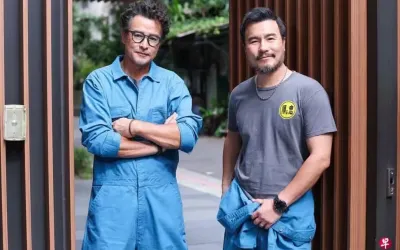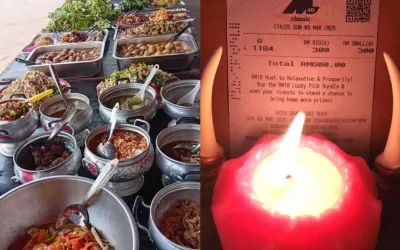The success of our farms is also dependent on sufficient demand for our local produce. This is why SFA has been working with the industry to improve demand offtake through measures, including supporting the formation of a supply and demand aggregator for farms and retailers, and promotional events to increase the public’s awareness of our local produce. Consumers can certainly also do their part, by choosing to purchase produce labelled with the red SG Fresh Produce logo, or dining at food establishments under the Farm-to-Table Recognition Programme, which recognises food businesses that feature local produce in their menus.
Mr Speaker: Ms Poh Li San.
Ms Poh Li San (Sembawang): Thank you, Speaker. I thank the Senior Minister of State for his reply. I have one supplementary question. May I know what is the success rate of such large-scale vegetable farms in Singapore so far?
And on the other hand, there are many community farms, or even urban farms, within our residential estates growing very similar vegetables quite successfully. Would a more decentralised, localised and community-based vegetables-growing model be more viable?
Dr Koh Poh Koon: Sir, I thank the Member for her questions. The first question on success rate, I think it is not something that is easy to define, because today when we look at a farm, we look at their production levels, the tonnage, for example, that they can produce. It is not so much on the scale, per se, although having said that, larger farms with economy of scale, can produce a product at a more efficient rate, and therefore, probably has a lot more price competitiveness when they enter the market and, in that sense, we track the farms’ production. So, we define success by the fact that the farm can produce and they are able to find a market to sell their products.
But this also a journey, a process. Every farm would go through a certain period of time before they can scale up their production. Typically, even if they scale in new technology, they will take a while to testbed the technology, get the parameters right before they increase the production in terms of volume. And as they produce in greater quantity, they will have to start looking for potential buyers to off-take those quantities.
So, it is not a straightforward process by just building infrastructure and hoping that the product will be able to enter the market effectively. They do need to go through several iterations and several steps on their own, as well as with potential stakeholders.
On the second question of whether a localised, decentralised model, for example, community farms, can replace the larger-scale farms in reaching our “30 by 30” target. I think the smaller farms do add value and contribute to the “30 by 30” vision, but I think they are operating at a different scale, and if you talk to buyers, especially larger off-takers; like supermarkets, what they want is certainty of production and consistency, in terms of quality and quantity. Therefore, a large-scale farm can probably meet the demands of aggregators and retailers much better than small-scale farms, where they produce in smaller batches, with a different mix from different localised farms and it might be harder to meet the expectations of a larger-scale retailer.
So, we work with all partners and all these farms, whether they are large-scale or smaller ones within a community, can together add to our “30 by 30” vision.
CF丨编辑
AY、HQ丨编审
新加坡国会丨来源
新加坡国会丨图源























